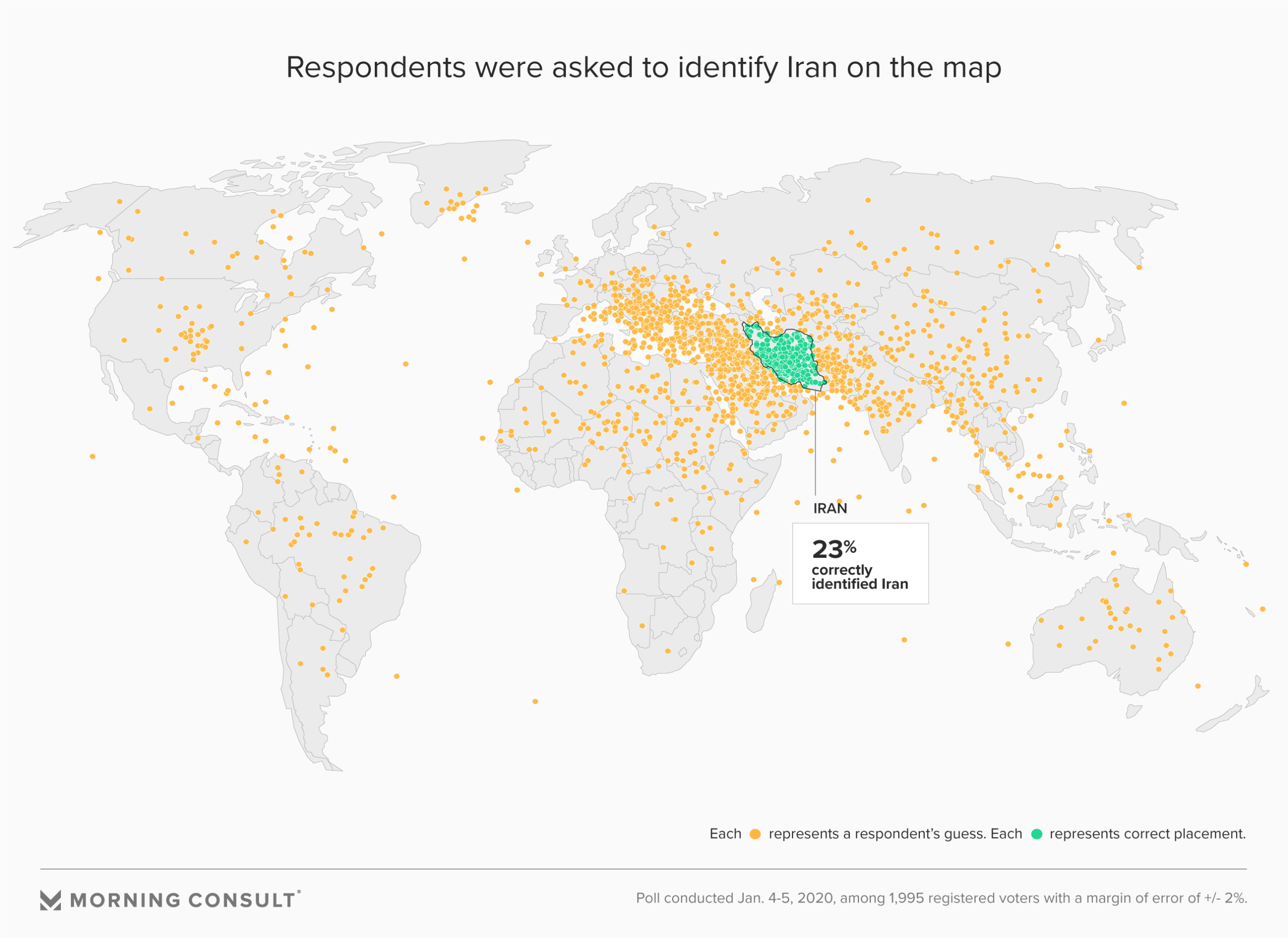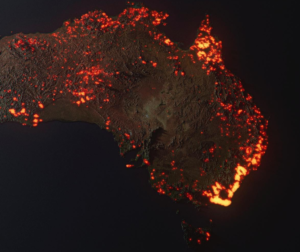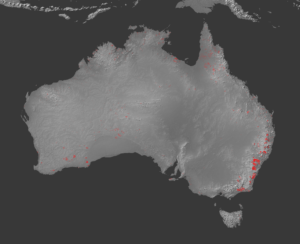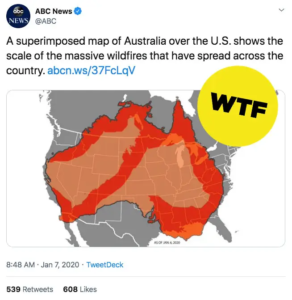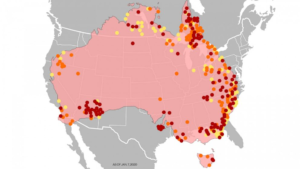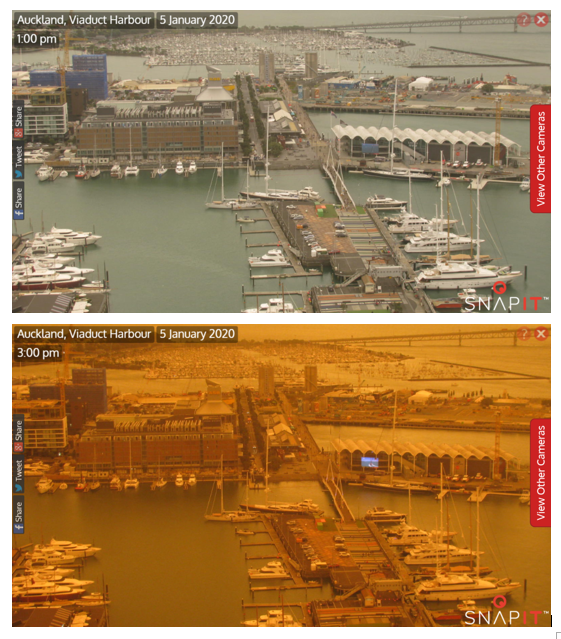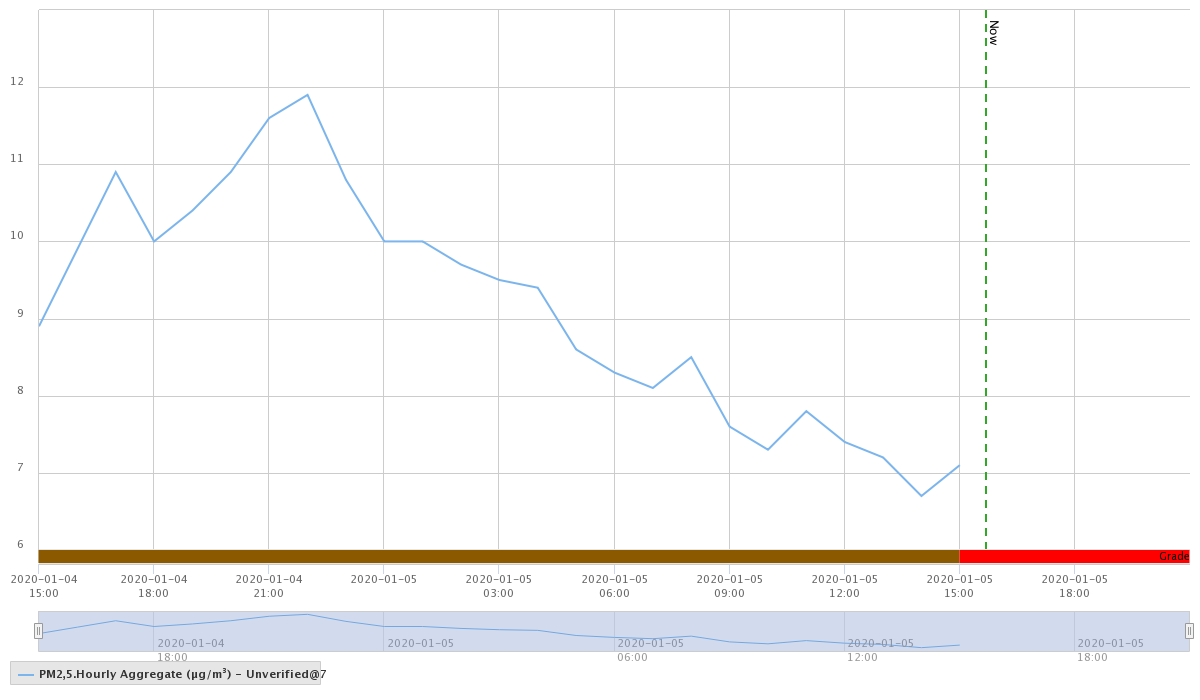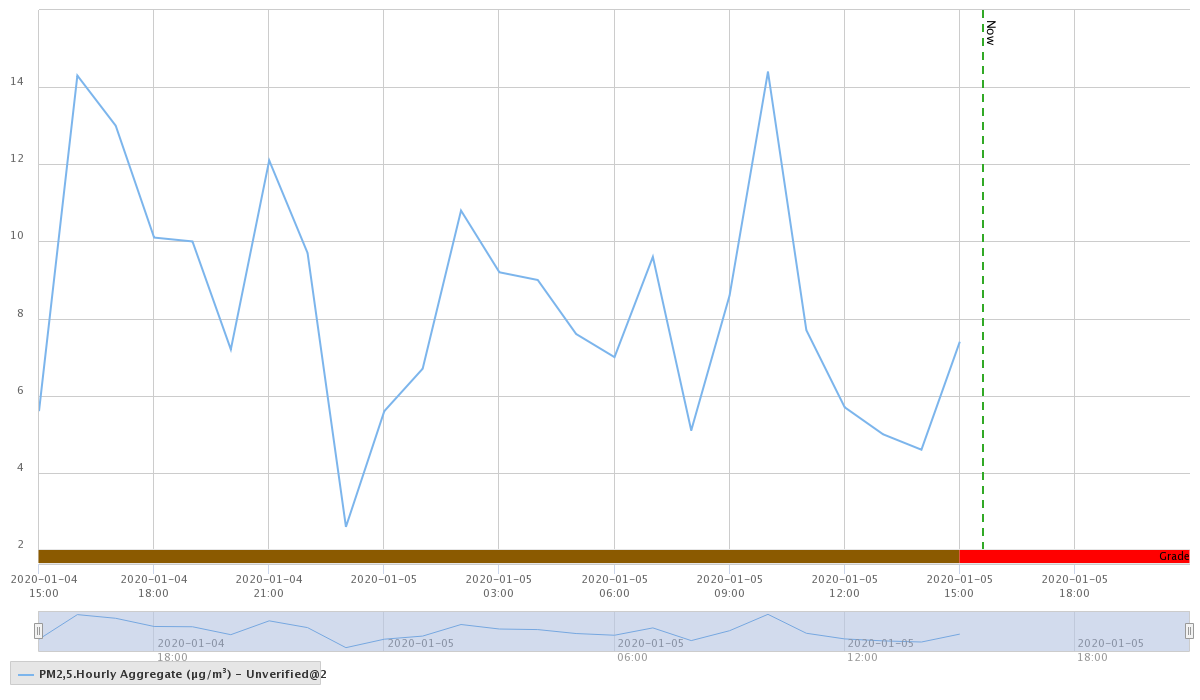Hard to treat people are hard to treat
There’s a revolutionary hypothesis about the cost of US healthcare: that it’s driven by the extreme, chronic costs of a few people. These people have problems that go far beyond medicine, but they could be helped by high-level, individualised social services and support, that would still be cheaper than their medical costs. Atul Gawande wrote a famous article in the New Yorker on the topic.
In Camden, New Jersey, a program of this sort has been in place for several years. A new research paper says
The program has been heralded as a promising, data-driven, relationship-based, intensive care management program for superutilizers, and federal funding has expanded versions of the model for use in cities other than Camden, New Jersey.To date, however, the only evidence of its effect is an analysis of the health care spending of 36 patients before and after the intervention and an evaluation of four expansion sites in which propensity-score matching was used to compare the outcomes for 149 program patients with outcomes for controls
What we need here is a randomised trial. Impressively, given that the program has been famous, and has already been expanded into other cities, the Camden Coalition did a randomised trial, comparing the promising, data-driven, relationship-based, intensive care management program to treatment as usual. As the New York Times reports
While the program appeared to lower readmissions by nearly 40 percent, the same kind of patients who received regular care saw a nearly identical decline in hospital stays.
The difference between the groups was tiny, with less than one percentage point difference in risk of hospital re-admission. The uncertainty interval around that estimate went from 6 percentage points benefit to 7.5 percentage points harm. There could possibly have been a modest benefit, but you don’t do this sort of intervention for the possibility of a modest benefit.
How did it go wrong? One of the problems is regression to the average. That is, there is always a small group of people driving the medical expenditures, but it’s not always the same people. It’s like treating a cold: a data-driven, relationship-based, intensive care management program will get rid of a cold in only a week, but relying on hot lemon and honey will take seven days.
The failure of this one intervention doesn’t mean the concept doesn’t work. As the NYT story says, it may be that the programs need more resources, or that they need to target people earlier, or that they need to put more effort into improving housing for the sickest people. Even if providing basic medical care free to everyone is the most cost-effective approach, if that’s not politically feasible in the USA it might be that ‘hot-spotting’ is second best.
The Camden researchers should be congratulated, though. It would have been very easy for them to just spread their apparently-successful program around the country — there’s no shortage of work to do. Instead, they set out to evaluate it, and published what must have been disappointing results in one of the world’s most-read medical journals.
